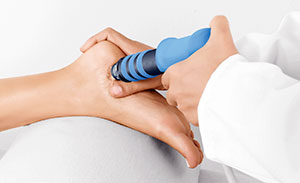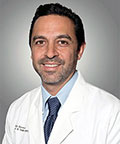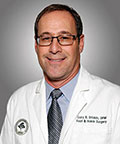- Home
- Advanced Treatments
- Shockwave Therapy
Extracorporeal Shockwave Therapy
- Published 11/26/2018
- Last Reviewed 1/27/2025
.
What is extracorporeal shockwave therapy?
Extracorporeal Shockwave Therapy (ESWT) is a non-surgical treatment for plantar fascitis/fasciosis and Achilles tendonitis/tendinosis. ESWT is often used for chronic injuries that have not responded to conservative treatments like stretching, physical therapy, and orthotics.
Shockwave therapy produces various levels of controlled trauma that cause inflammation and trigger the body’s natural healing processes.
We are one of the few providers in the nation that offers high-intensity and low-intensity extracorporeal shockwave therapy.
- What to expect during shockwave treatment
- How does shockwave therapy work for chronic pain?
- What is post-shockwave recovery?
- University Foot & Ankle Institute: Pioneering shockwave therapy for plantar fasciitis
- Frequently Asked Questions about Shockwave Therapy
- What are the success rates of shockwave therapy for the treatment of plantar fasciitis? How many sessions does it usually take?
- Is Shockwave FDA-approved?
- What are the possible side effects of shockwave?
- Aside from foot and ankle conditions, what other orthopedic ailments is Shockwave therapy used for?
-
ABFAS® Board Certified in Foot Surgery and Reconstructive Rearfoot and Ankle Surgery. and Director of University Foot and Ankle Institute
Dr. Bob Baravarian DPM, FACFAS is a Board-Certified Podiatric Foot and Ankle Specialist. He is an assistant clinical professor at the UCLA School of Medicine and serves as Director of University Foot and Ankle Institute.
Dr. Baravarian has been involved in athletics his entire life and played competitive tennis in high school and college. He has an interest in sports medicine, arthritis therapy, and trauma/reconstructive surgery of the foot and ankle. He is also fluent in five languages (English, French, Spanish, Farsi, and Hebrew),
-
ABFAS® Board Certified in Foot and Ankle Surgery and Co-Director of University Foot and Ankle Institute
Board-Certified Podiatric Foot and Ankle Specialist, Dr. Gary Briskin, DPM, FACFAS, began his medical training by serving a residency at Flint General Hospital in Michigan. Once completed, he established a practice in Century City Hospital, where he soon became chief of podiatric surgery.
Dr. Briskin is a Diplomat of the American Board of Podiatric Surgery and a Fellow of the American College of Foot and Ankle Surgeons. He also serves as an assistant clinical professor at the UCLA School of Medicine and is co-founder and co-director of University Foot and Ankle Institute.
Learn more about Medical Technologies on Our Blog
- Moore Balance Brace: Enhance Stability and Prevent Falls for Better Mobility
- An Inside Look at Shockwave Therapy for Heel Pain, now available in Valencia, CA
- Intense Ultrasound proven effective for chronic plantar fasciitis (study)
- SoftWave Tissue Regeneration Technology: A Revolution in Foot and Ankle Care
- Metal Surgical Screws and Pins May Become Thing of the Past
- What an Ultrasound Can Tell You about Your Heel Pain
 I started going to Dr. Briskin over 10 years ago when the practice was much smaller. He took care of my problem (plantar wort...Carol B.
I started going to Dr. Briskin over 10 years ago when the practice was much smaller. He took care of my problem (plantar wort...Carol B. I liked it.Liisa L.
I liked it.Liisa L. I have been treated by Dr. Jafari for a little over a year now and he is absolutely the best! He really listens, he cares, and...Debbie B.
I have been treated by Dr. Jafari for a little over a year now and he is absolutely the best! He really listens, he cares, and...Debbie B. I depend on the doctors at UFAI to provide cutting edge treatments. Twice, I have traveled from Tucson, Arizona to get the car...Jean S.
I depend on the doctors at UFAI to provide cutting edge treatments. Twice, I have traveled from Tucson, Arizona to get the car...Jean S. They helped me in an emergency situation. Will go in for consultation with a Dr H????
They helped me in an emergency situation. Will go in for consultation with a Dr H????
Re foot durgeryYvonne S. It went very smoothly.Maria S.
It went very smoothly.Maria S. My experience at the clinic was wonderful. Everybody was super nice and basically on time. Love Dr. Bavarian and also love the ...Lynn B.
My experience at the clinic was wonderful. Everybody was super nice and basically on time. Love Dr. Bavarian and also love the ...Lynn B. I fill I got the best service there is thank youJames G.
I fill I got the best service there is thank youJames G. My experience with your practice far exceeded any of my expectations! The staff was always friendly, positive and informative. ...Christy M.
My experience with your practice far exceeded any of my expectations! The staff was always friendly, positive and informative. ...Christy M. The staff was professional and friendly. I felt welcome and cared for. I would definitely recommend these guys!Presence B.
The staff was professional and friendly. I felt welcome and cared for. I would definitely recommend these guys!Presence B. Love Dr. Johnson.Emily C.
Love Dr. Johnson.Emily C. I am a new patient and felt very comfortable from the moment I arrived to the end of my visit/appointment.Timothy L.
I am a new patient and felt very comfortable from the moment I arrived to the end of my visit/appointment.Timothy L.
-
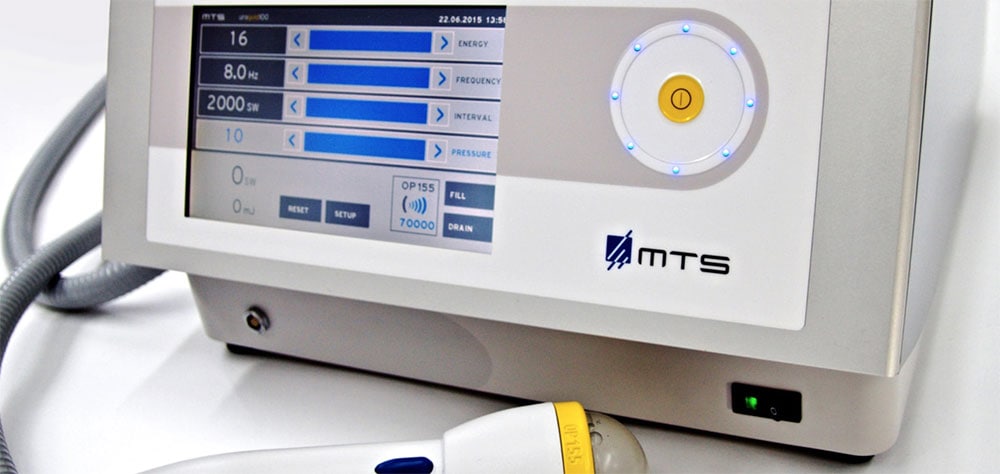 Listen Now
SoftWave Tissue Regeneration Technology: A Revolution in Foot and Ankle Care
Read More
Listen Now
SoftWave Tissue Regeneration Technology: A Revolution in Foot and Ankle Care
Read More
-
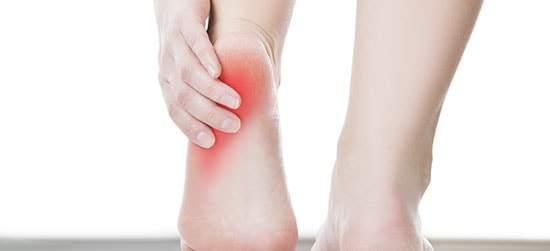 What an Ultrasound Can Tell You about Your Heel Pain
Read More
What an Ultrasound Can Tell You about Your Heel Pain
Read More
-
 Listen Now
An Inside Look at Shockwave Therapy for Heel Pain, now available in Valencia, CA
Read More
Listen Now
An Inside Look at Shockwave Therapy for Heel Pain, now available in Valencia, CA
Read More
-
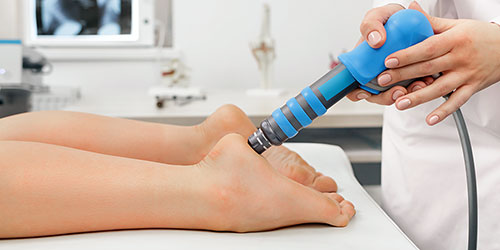 Listen Now
Intense Ultrasound proven effective for chronic plantar fasciitis (study)
Read More
Listen Now
Intense Ultrasound proven effective for chronic plantar fasciitis (study)
Read More
-
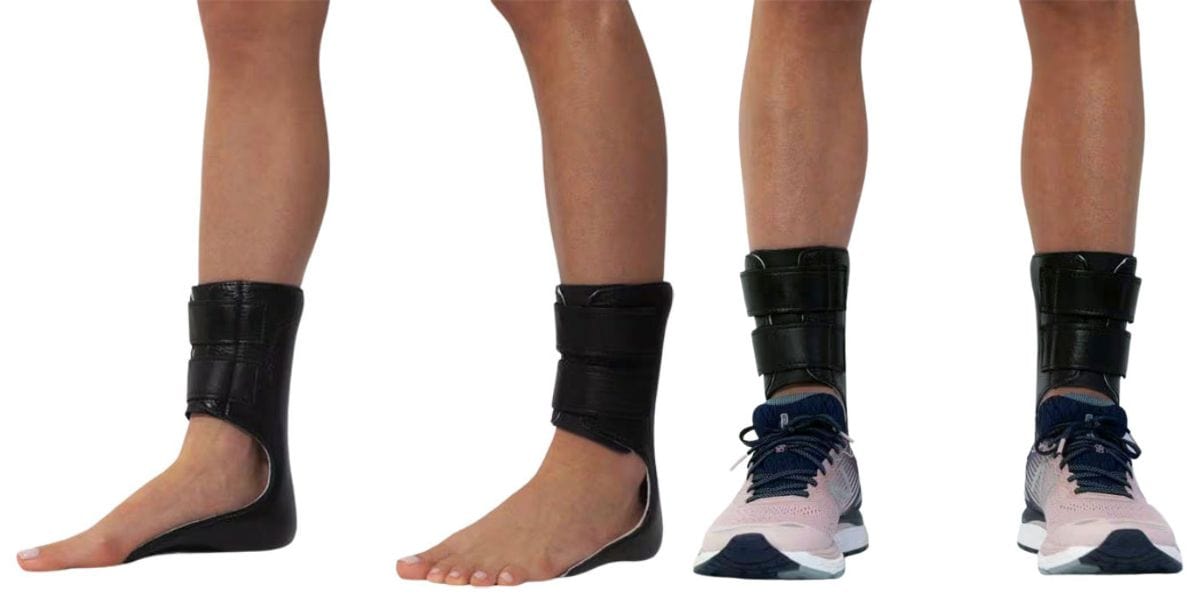 Listen Now
Moore Balance Brace: Enhance Stability and Prevent Falls for Better Mobility
Read More
Listen Now
Moore Balance Brace: Enhance Stability and Prevent Falls for Better Mobility
Read More
-
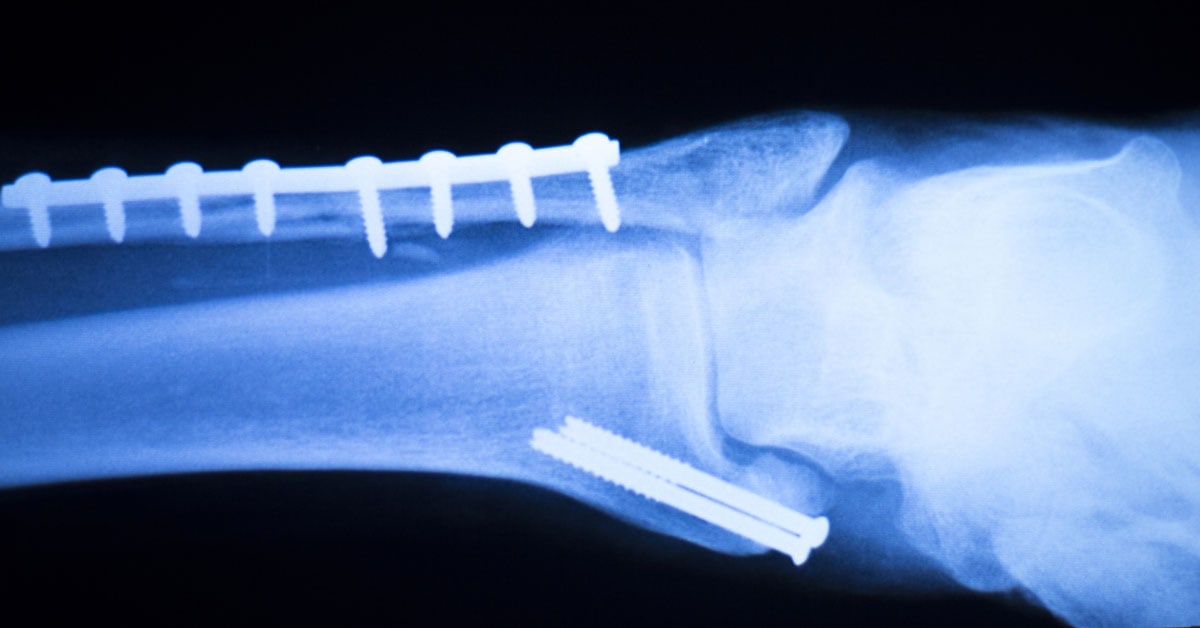 Listen Now
Metal Surgical Screws and Pins May Become Thing of the Past
Read More
Listen Now
Metal Surgical Screws and Pins May Become Thing of the Past
Read More
